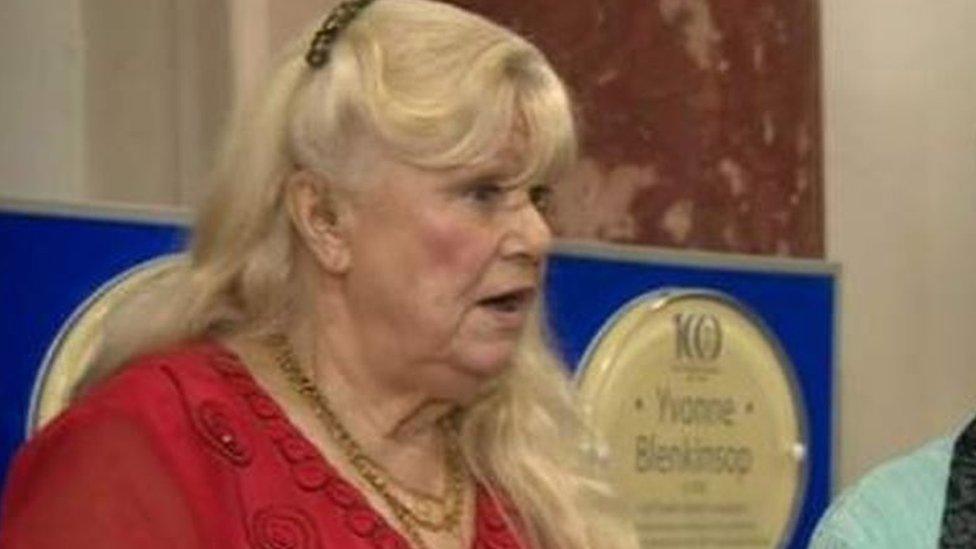Hundreds back statue for Headscarf Revolutionaries
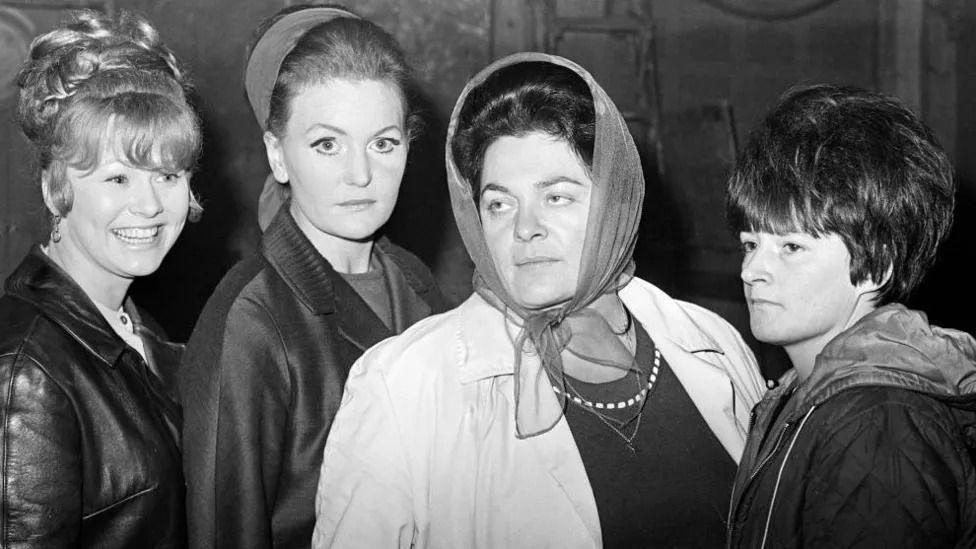
Yvonne Blenkinsop, Mary Denness, Lillian Bilocca and Christine Smallbone were known as the Headscarf Revolutionaries
- Published
More than 800 people have supported plans for a statue to honour Hull's Headscarf Revolutionaries.
The four women took on the fishing industry and government to fight for safety improvements following the sinking of three trawlers in the 1960s.
Organisers of a public consultation said residents were "overwhelmingly in favour" of a statue to honour the women.
People taking part also expressed views on what form the statue should take and its location.
In 1968, 58 men lost their lives at sea when, in quick succession, the Hull trawlers St Romanus, Kingston Peridot and Ross Cleveland went down with only a sole survivor, Harry Eddom.
The "triple trawler tragedy" resulted in a campaign led by Lillian Bilocca, Christine Smallbone, Mary Denness and Yvonne Blenkinsop, who became known as the Headscarf Revolutionaries.
They established what became known as the Fisherman's Charter, which was a demand for better safety standards in the fishing industry, such as a radio operator on every ship, better safety equipment and improved training.

Lillian Bilocca (centre, in dark dress and light-coloured coat) and other women campaigned for improved safety after the loss of three Hull trawlers in 1968
In the public consultation, 834 residents supported a statue to remember the women.
Tracey Hall Henry, who chairs the Headscarf Statue Committee, said: “I was overwhelmed with the level of support for a statue to these inspirational women.
"What these ladies did was revolutionary. They changed and saved lives by challenging the powers that be of that time."
Most respondents said they wanted the statue to be located in the city centre, either in the Marina area, near the Deep, or in the proposed North Shipyard development alongside the newly renovated Arctic Corsair.
Residents also expressed views on the form and composition of the statue.
A majority were in favour of it being cast in bronze, but many also said seeing the statue become a reality was more important than specifying a material.
People were unanimous that the statue should represent all four women and for it to portray them realistically rather than in abstract or conceptual form.
BBC Sounds: Witness History - Hull's Headscarf Revolutionaries
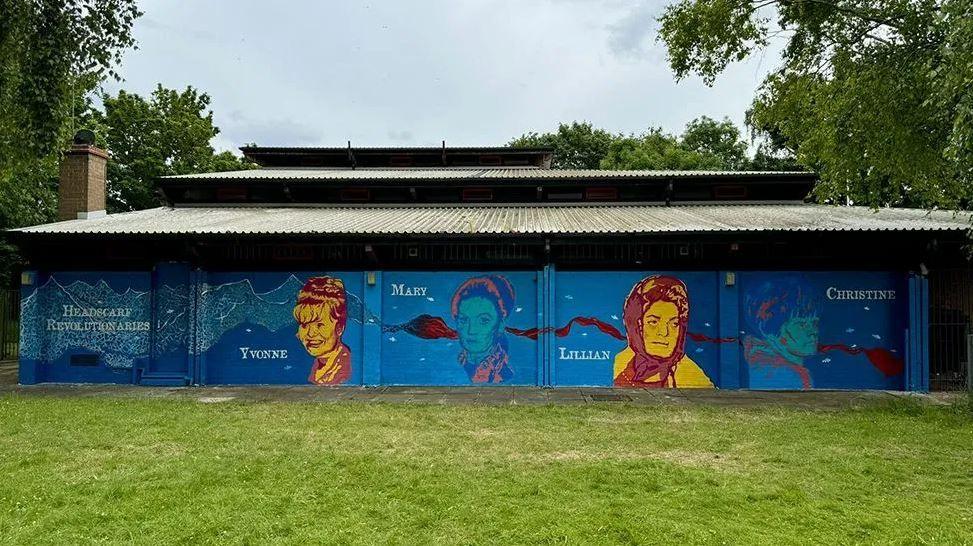
Hull College students painted a mural portraying the women on the Maurice Rawlings Community Centre
The committee will use the results of the consultation to draw up a more detailed plan for the statue.
Ian Cuthbert, the Headscarf Statue treasurer and founder of Headscarf Pride, said: “The overwhelming support for the statue from the consultation and the people I speak to every day continues to drive me on until I see it completed.
"The Headscarf Revolutionaries more than deserve this honour. They are true legends of this city, and they will never be forgotten.”
Listen to highlights from Hull and East Yorkshire on BBC Sounds, watch the latest episode of Look North or tell us about a story you think we should be covering here, external.
Related topics
- Published14 June 2024
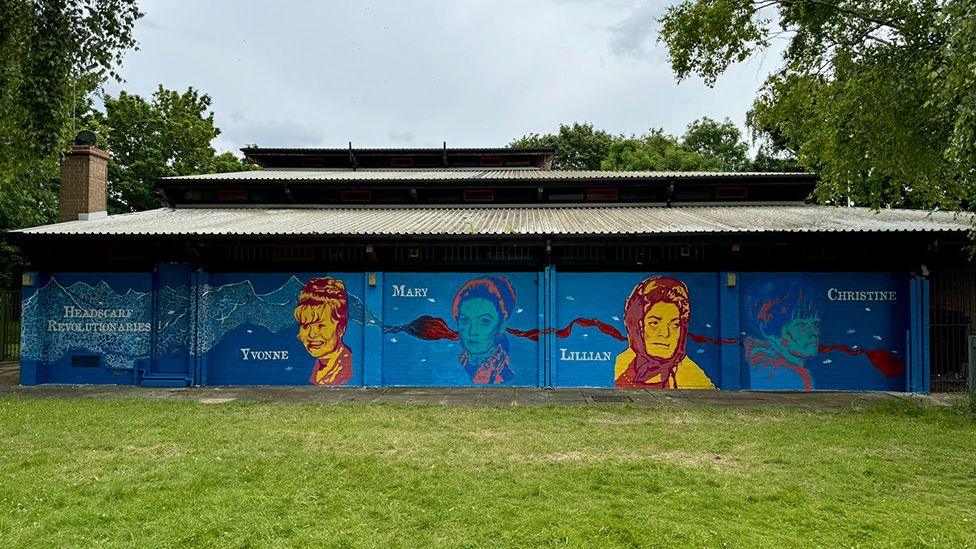
- Published9 March 2024
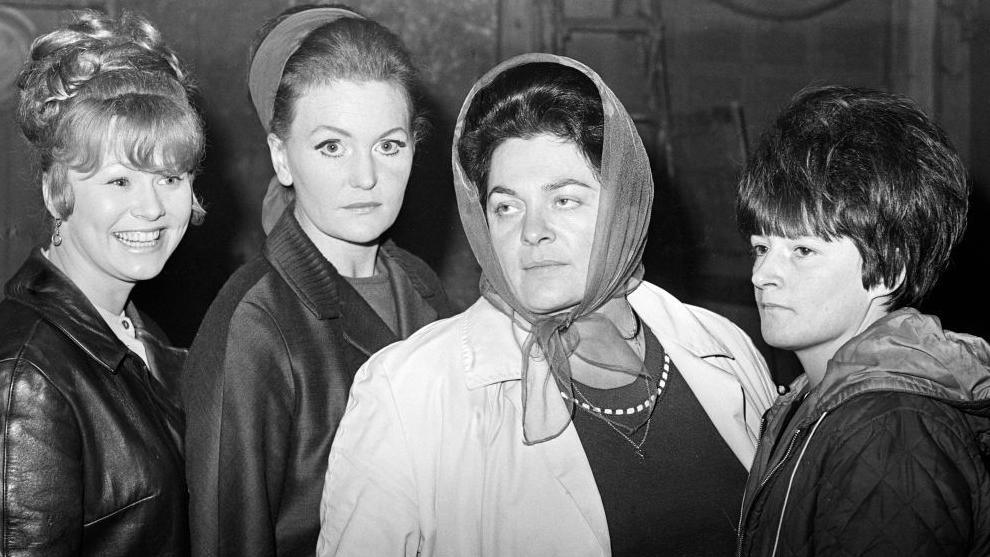
- Published18 August 2023
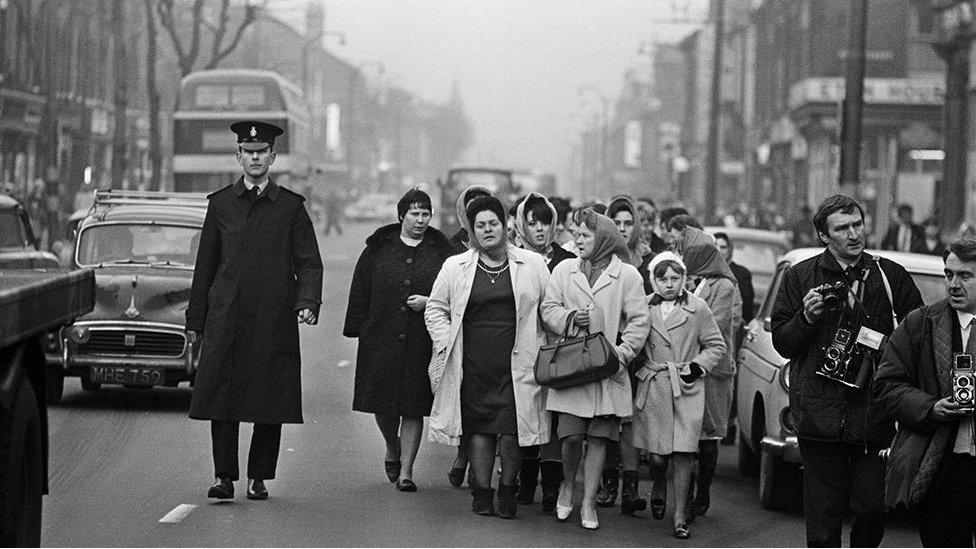
- Published4 February 2018
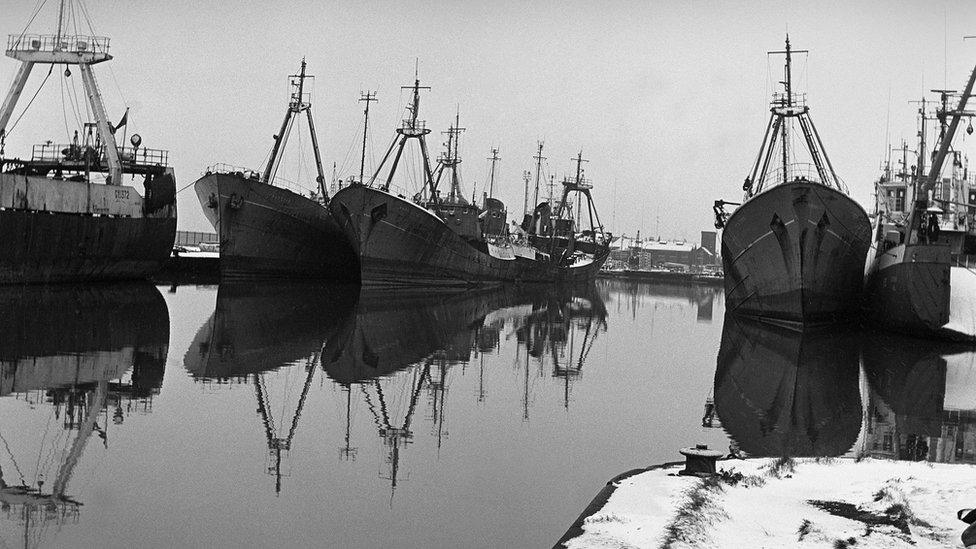
- Published24 April 2022
